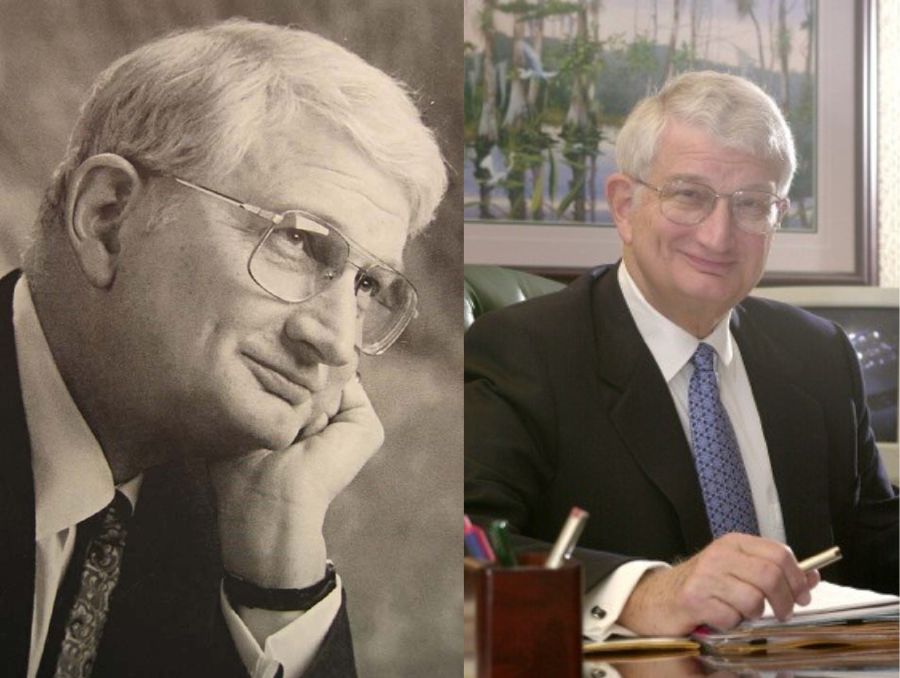In a few picoseconds (trillionths of a second), a small, thin piece of copper momentarily becomes dense plasma, specifically a state called warm dense matter, warm being a relative term – the metal is nearly 200,000 degrees Fahrenheit. With the short duration of a high-powered laser pulse, copper shifts from a solid state to a plasma state in an instant before it explodes. Understanding the progression of heat in the copper is an exciting breakthrough in physics relevant to the interior of giant planets and laser fusion fuel cores.
Hiroshi Sawada, an associate professor in the Department of Physics at the University of Nevada, Reno, along with his colleagues at several international institutions, has developed a method to track how material heats and cools after a laser pulse has been fired. In a research paper published this week in the prestigious journal Nature Communications, the researchers outline their method. Using ultrashort-duration X-ray pulses from the X-ray Free Electron Laser (XFEL) at the SPring-8 Angstrom Compact free-electron Laser (SACLA) facility in Japan, physicists can “see” the temperature change in the material over time, allowing for a greater understanding of how plasma forms when metal is zapped by high-powered lasers.
Due to the extremely fast heating phenomena, it was previously difficult or impossible to capture data about how the plasma state progresses through the copper or other material. In what is known as a pump probe experiment, the physicists used a relativistic intensity laser pulse from a high-powered laser to first heat up a small piece of copper (pump), then an X-ray pulse from a secondary laser collected the X-ray images of the copper (probe). Then, the temperatures and ionization degrees, or presence of plasma within the copper, was deduced from the image data. The researchers repeated this experiment many times, delaying the secondary laser pulse by a little longer with each firing to track the progression of the heat through the material.
The XFEL and high-powered lasers used in these experiments are located at one of only three facilities in the world capable of these pump-probe experiments, the others being Linac Coherent Light Source (LCLS) at SLAC National Accelerator Laboratory in the U.S., and the European XFEL in Germany. The researchers initially conducted these experiments before the COVID-19 pandemic using the SACLA built by RIKEN and the Japan Synchrotron Radiation Research Institute (JASRI). XFELs are essential tools in a wide range of fields, including chemical engineering and biochemistry. The results of the laser firing were the most accurate reported data about how the material changed as heat was transferred on a micron scale. For scale, a human hair is about 70 microns thick.
“We had some predictions from simulations, but that was totally different from what we saw,” Sawada said. “We were overwhelmed by the number of surprising results from our first experiment, and we didn’t know which one we should highlight.”
The researchers expected that the copper would be transformed into classical plasma after being hit with the laser pulse. What the researchers found, based on the x-ray pulse, was that the plasma was instead a warm dense matter state.
Samples with robust results are important for laser experiments, because beamtime on the X-ray laser is extremely competitive. It can take years for a research group to gain access to a specific laser. In this study, the copper samples were laser cut into strips and manually mounted on a sample holder. Each laser shot destroyed the copper strip, and the team was able to collect data from 200 to 300 target shots.
The improved technology using XFEL pulses achieves finer temporal and spatial resolution than conventional methods. While a tenth of a trillionth of a second seems imperceptibly small, much can transpire on an atomic level, including heat fronts traveling at nearly the speed of light. Diagnosing warm dense matter remains a challenge, requiring more accurate technology and cross-checking methods, Sawada said.
The research was supported by a grant Sawada received from the National Science Foundation (NSF) with the goal of developing novel measurement techniques using XFEL. Sawada’s coauthors include physicists from JASRI, RIKEN, the Institute of Laser Engineering at Osaka University, SLAC National Accelerator Laboratory operated by Stanford University, University of Alberta, Lawrence Livermore National Laboratory and Laboratory for Laser Energetics at the University of Rochester.
Sawada envisions this method being used in several areas of physics, including plasma physics, high-energy-density science, astrophysics, inertial fusion energy research, and quantum and atomic physics. It can be applied at other free electron laser facilities, such as the next-generation MEC-U facility at SLAC, which combines high-power petawatt and high-energy kilojoule lasers with LCLS. Additionally, these findings shed light on how quickly and effectively heat transfers from lasers to the high-density material, a topic for further exploration using extremely high-intensity lasers like the NSF ZEUS Laser Facility at the University of Michigan and a future NSF OPAL laser at the University of Rochester.
It can also be used to study how micron-scale deformities in the material being fired on can affect how heat is transferred through the material, and using lasers based at other facilities with different energy outputs, testing the progression of heat in different materials.















